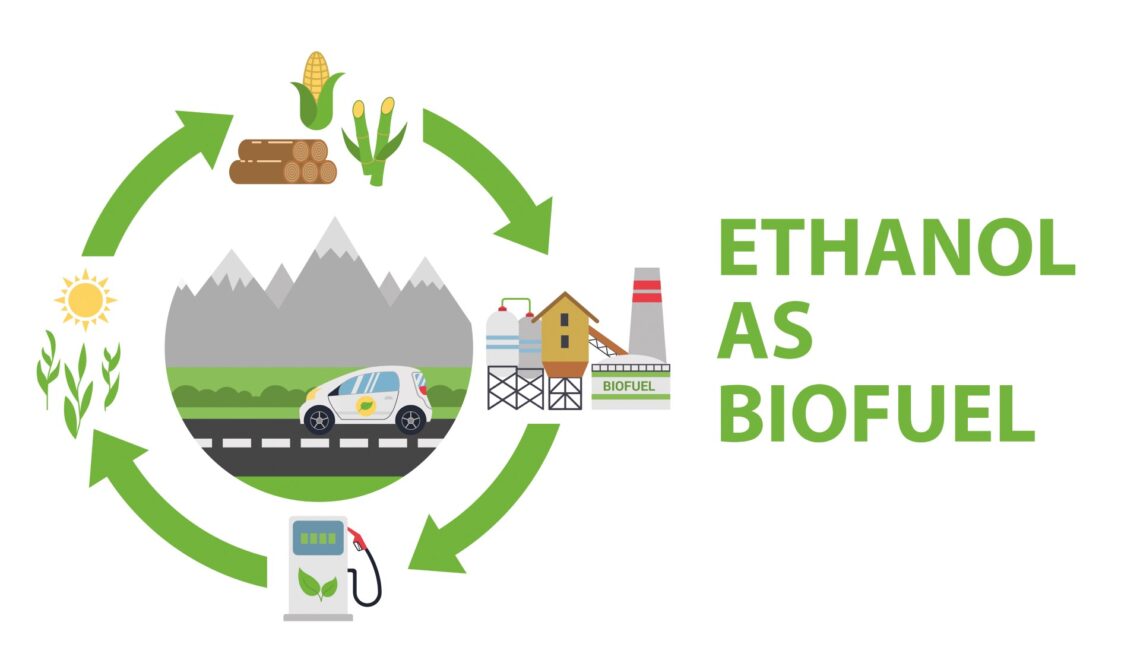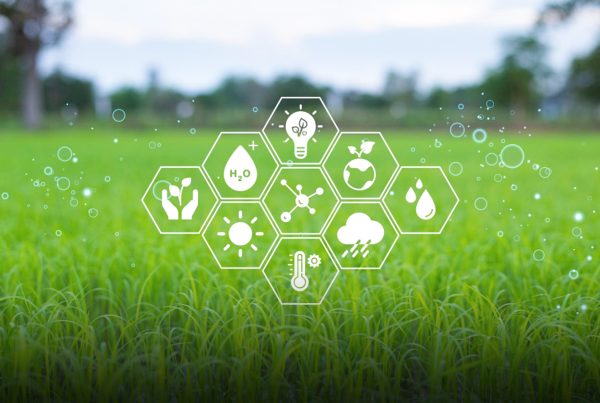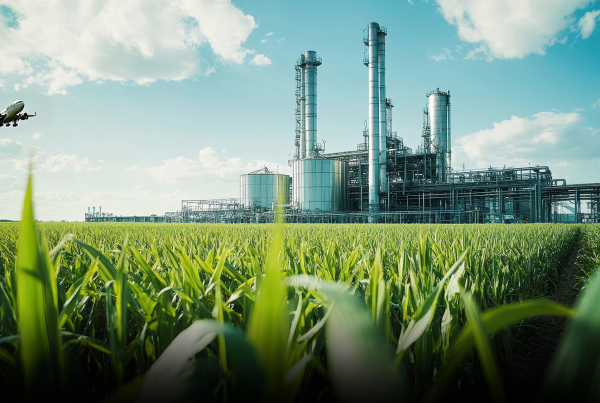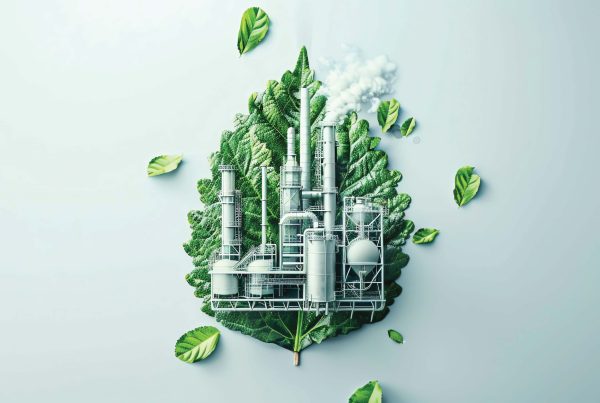“Clean energy is moving fast – faster than many people realize. Investment in clean energy technologies is significantly outwitting spending on fossil fuels as affordability and energy security concerns triggered by the global energy crisis strengthen the momentum for more sustainable options.
Over the last decade, the focus on reducing fuel emissions has been a concern area for many progressive governments. To reduce their collective carbon footprint, they have started looking for a way to control their environmental impact. Due to such a situation, the use of Ethanol fuel has increased in many countries. However, those who want to switch to a different fuel type have many questions about using Ethanol. Many of these are concerned with what this fuel is and how big a dent it makes in our lives and pockets.
Ethanol, also known as ethyl alcohol, is a type of alcohol derived from corn, sugarcane, and grain or sometimes indirectly from paper waste. It’s used in most alcoholic beverages obtained due to the fermentation of a mash of grains (gin, vodka, and whiskey) or sugarcane (rums). It’s also a source of fuel commonly blended with gasoline to oxygenate the fuel at the gas pump. Ethanol fuel can also be used on its own to power vehicles.
Ethanol is more common in our lives than you can calculate. After all, any alcoholic beverage you can drink comprises Ethanol. With many different names, such as Ethyl alcohol, pure alcohol and grain, now it is regarded as an alternative fuel that has gained much popularity for multiple reasons.
The most common use of Ethanol fuel for automobiles is by blending it with gasoline. Doing so creates a mix that releases less environmental emissions and is considered cleaner in nature. It also keeps the car in better shape by increasing the fuel’s octane rating. This form has been accepted by the people, multiple governments and automobile companies for its many benefits.
In case you don’t know, Ethanol does not occur naturally in nature. It is produced through the processes of fermentation and distillation. While the energy-based use of Ethanol fuel is new, it has been part of our lives for a long time. Fermenting sugar creates Ethanol – knowledge used by our forefathers.
How is Ethanol Transformed into Fuel?
To make ethanol fuel from sugarcane or any other crop, you need to squeeze out the juice, ferment it, and distil it.

Compared to traditional unleaded gasoline, Ethanol is a clean-burning, particulate-free fuel source. When burnt with oxygen, the end product is carbon dioxide and water.
Ethanol fuel is not a trend that has come in recently and will die out soon. Governments and automobile manufacturers have recognized its benefits and are working towards integrating it into everyday use. A number of vehicles now come designed with engines that can work with the standard gasoline-ethanol blend. All of this is because there are many known benefits of using this form of fuel.

Benefits of Ethanol Fuel
1: Ethanol Fuel is Cost-effective Compared to Other Biofuels
Ethanol fuel comes as a cost-effective energy source since almost every nation in the world has the technology tool to produce it. Every country produces either corn, sugar cane, or grain grows. This makes the process of making Ethanol is economical than fossil fuels.
Fossil fuels can play against the economy of most countries, especially developing countries that have no capacity to explore them. Thus, it makes sense for these growing economies to dwell on ethanol fuel production to reduce dependence on fossil fuels to save revenue.
2: Ecologically Effective
One advantage of Ethanol over other fuel sources is that it does not cause pollution to harm the environment. Using ethanol fuel in the automobile industry results in low levels of toxins in the environment. On multiple occasions, Ethanol is converted to fuel by blending with gasoline.
Technically, the Ethanol to gasoline ratio of 85:15. In this mix, the little composition of gasoline serves as an igniter, while Ethanol does the rest of the task. This ratio of Ethanol to gasoline minimizes the emission of greenhouse gases to the environment since it burns cleanly compared to pure gasoline.
3:Helps Reduce Global warming
Global warming is caused by the uncontrolled emission of dangerous greenhouse gases emitted from fossil fuels like oil, natural gas, and coal. The ill effects of global warming are very catastrophic. It includes abnormal changes in weather patterns, rising sea levels, and excessive heat. On the other hand, the combustion process of ethanol fuel only releases carbon dioxide and water. The carbon dioxide released is not ineffective in terms of environmental pollution.
As we mentioned, Ethanol is domestically produced from domestically grown crops, so it helps reduce dependence on import foreign oil and greenhouse gas emissions. The difference may be more noticeable if we substantially increase our reliance on Ethanol.
4: Contributes to the Creation of Employment at the core
When a nation increases its ethanol use, it paves the way for more plantations of sugarcane, corn, and grains. It also means more ethanol fuel processing plants, which again translates to job creation. Ethanol can also be branched out to produce alcoholic beverages, creating job opportunities in the hospitality industry
5: Creates an opportunity for Agricultural Sector to grow
Since ethanol fuel production depends majorly on agricultural produce, individuals will be moved aggressively into the untapped agricultural sector, which will uplift a country’s economy. This act will guarantee ethanol fuel availability for many years. The need for increased corn and grain production can be made the farming industry boom like nothing.
6:Variety of Sources of Raw Material
Although corn and sugarcane are the primary raw material for producing ethanol fuel. But every crop or plant containing starch and sugar has the ability to produce Ethanol.
The Road to Conclusion
Even in India, the “Roadmap for Ethanol Blending in India 2020-25” lays out an annual plan to increase domestic ethanol production in line with the target of the amended National Policy on Biofuels (2018) as well as with its Ethanol Blended Petrol (EBP) Programme to reach a blending of 20% of Ethanol in petrol (E20) by 2025.
Officially, India is the world’s third-largest user of transport automobiles, surpassing in 2022. The sales of new vehicles have touched around 4.25 million units in the same year, and the numbers will increase unprecedently. Fortunately, in June 2022, India achieved an average blending rate of 10% ethanol in India. And now, this blending rate will go high in future, as the government has already stressed the need to switch to alternative fuels like Ethanol.
“Petrol blended with 20 per cent ethanol was rolled out on Feb 2023, at select petrol pumps in 11 states and union territories as part of a Programme to increase the use of biofuels to cut emissions as well as dependence on foreign exchange-draining imports.”
At last, we all have to agree that climate change is a significant change, and we have no choice but to fall in line and adopt greener fuels like Ethanol.
FAQ:
What is the Indian government’s target for ethanol blending in petrol?
India aims to achieve 20% ethanol blending (E20) by 2025, as part of its national biofuel roadmap.
Why is blending ethanol with petrol seen as a sustainable move?
Ethanol is a biofuel derived from crops like sugarcane and grains. It helps reduce fossil fuel imports, lowers greenhouse gas emissions, and supports the agricultural sector.
Are there any safety or regulation standards for E20 fuel vehicles?
Yes. The Ministry of Road Transport & Highways has issued safety standards (AIS 171) for ethanol-blended fuels and flex-fuel vehicles.









